Life of the Library: February Staff Picks
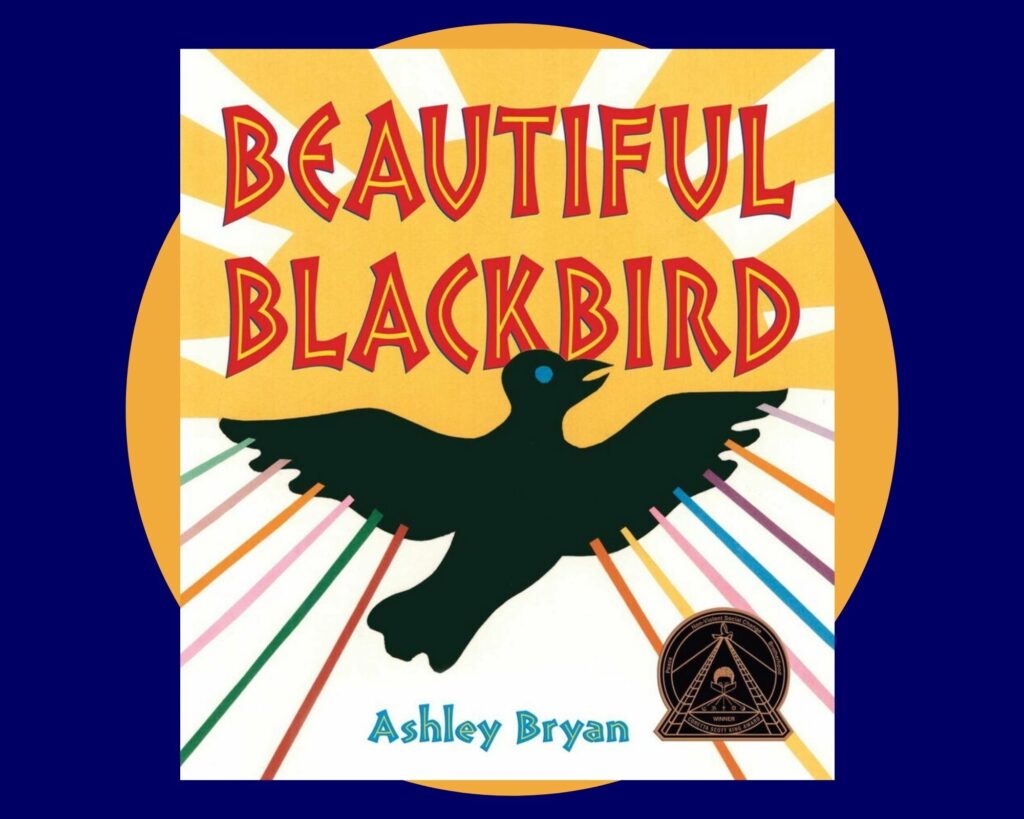
Carrie’s Pick
Beautiful Blackbird by Ashley Bryan is a joy to behold and a powerfully beautiful story to be told. Ashley Bryan was not only an important and prolific author, artist, and storyteller but also a lovely, kind, and giving human being. Yesterday I had the joy of sharing Beautiful Blackbird with a group of kindergartners. Many had tales to tell of when, where, and with whom they first heard this gorgeous tale, and I felt that I could see the lovely smile on Mr. Bryan’s face as these children shared their excitement for his book. Having had the true privilege of meeting Ashley Bryan twice, his smile and his enthusiasm for children and librarians is what will always stay with me.
“Then Blackbird sang,
I’ve painted plenty, plenty, plenty,
The gourd’s now empty, empty, empty.”
Thank you for, Ashley Bryan, for painting plenty and filling our gourds full of love, respect, and stories to last many, many, many lifetimes.
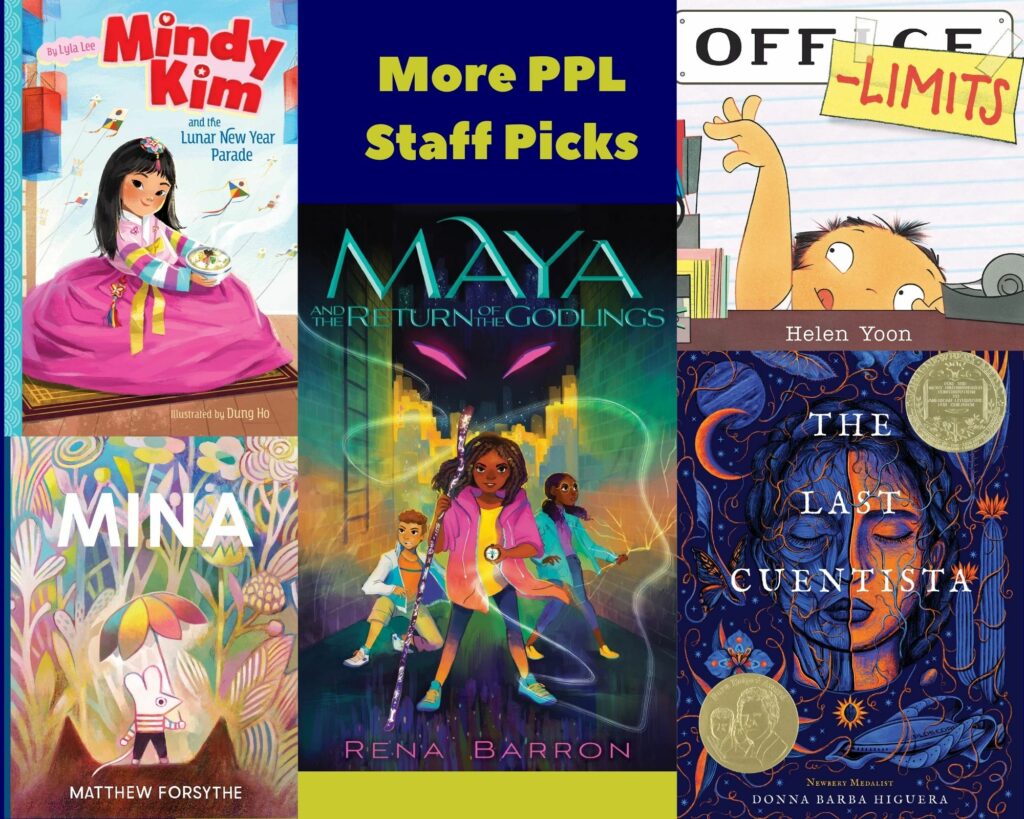
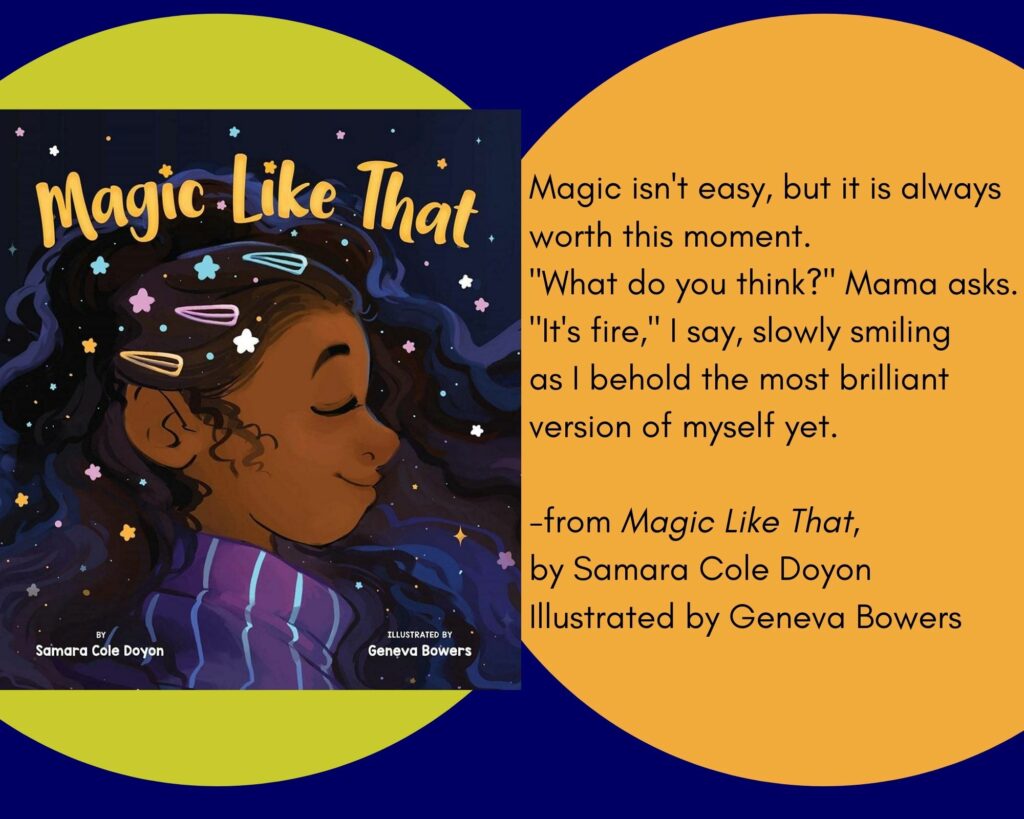
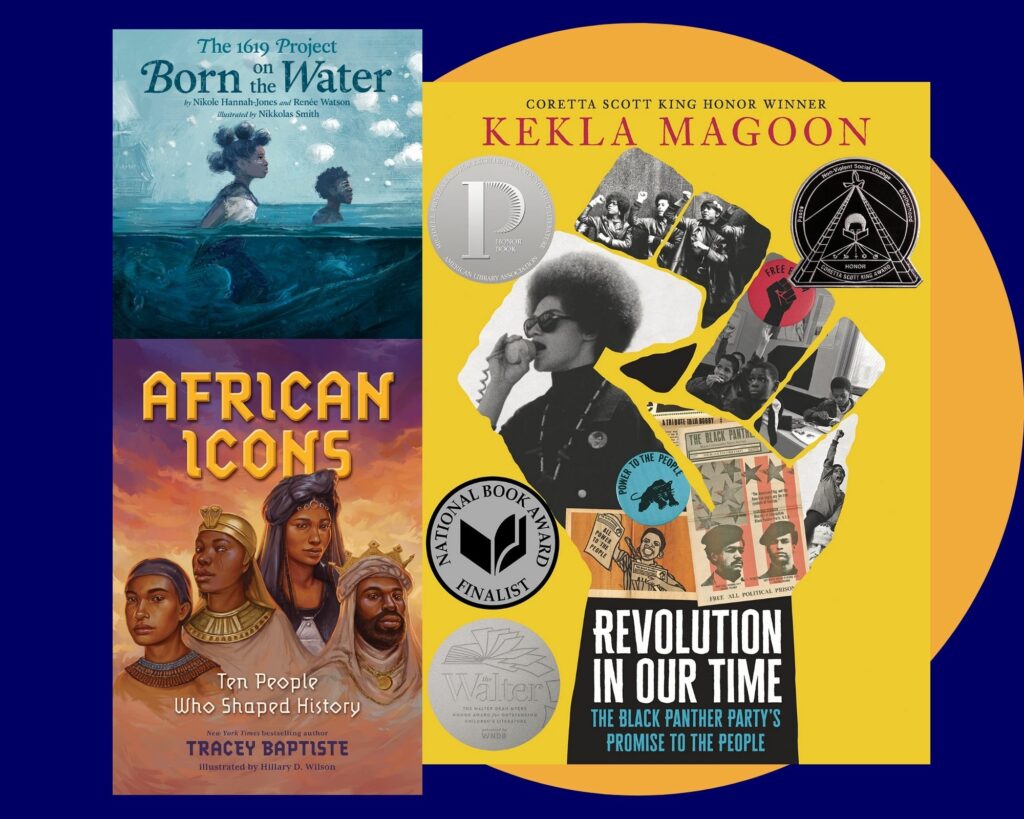
Vicky’s Picks
“We will love, laugh, and sing / and hug our children as tight as you can hold a child.” With The 1619 Project: Born on the Water, Nikole Hannah-Jones and Renée Watson adapt Hannah-Jones’ work for adults into a lyrical picture book that reclaims African American history and makes it one of resilience and pride; Nikkolas Smith’s fluid art emphasizes movement and strength. In Unspeakable: The Tulsa Race Massacre, Carole Boston Weatherford zeroes in Tulsa’s thriving Black community and the few short hours in 1921 that saw it leveled. Illustrator Floyd Cooper was a descendant of a survivor, and his loving paintings throb with pride and grief.
Stamped (for Kids): Racism, Antiracism, and You is the third iteration of Ibram X. Kendi’s National Book Award–winning Stamped From the Beginning: A Definitive History of Racist Ideas in America. Educator Sonja Cherry-Paul adapts the young-adult version, Stamped, itself “remixed” by Jason Reynolds, using a powerful metaphorical language to make it accessible to middle-grade readers. Tracey Baptiste reaches across the Atlantic to share the lives of African Icons: Ten People Who Shaped History; Hillary D. Wilson contributes stunning, even monumental portraits of each.
Brandy Colbert also takes readers to Tulsa in her first work of nonfiction for teens, Black Birds in the Sky. She carefully contextualizes the history of the area as a destination of the Trail of Tears and laying out the social, political, and economic forces that caused its Greenwood District to be known as “Black Wall Street” before describing its destruction at the hands of a white mob. And Kekla Magoon explores more-recent times with Revolution in Our Time: The Black Panther Party’s Promise to the People, also meticulously laying out the history that led to the rise of the Black Panthers before introducing its players, its achievements, and its legacy in a muscular, pull-no-punches narrative.
And remember: These history books are great even after February’s over.
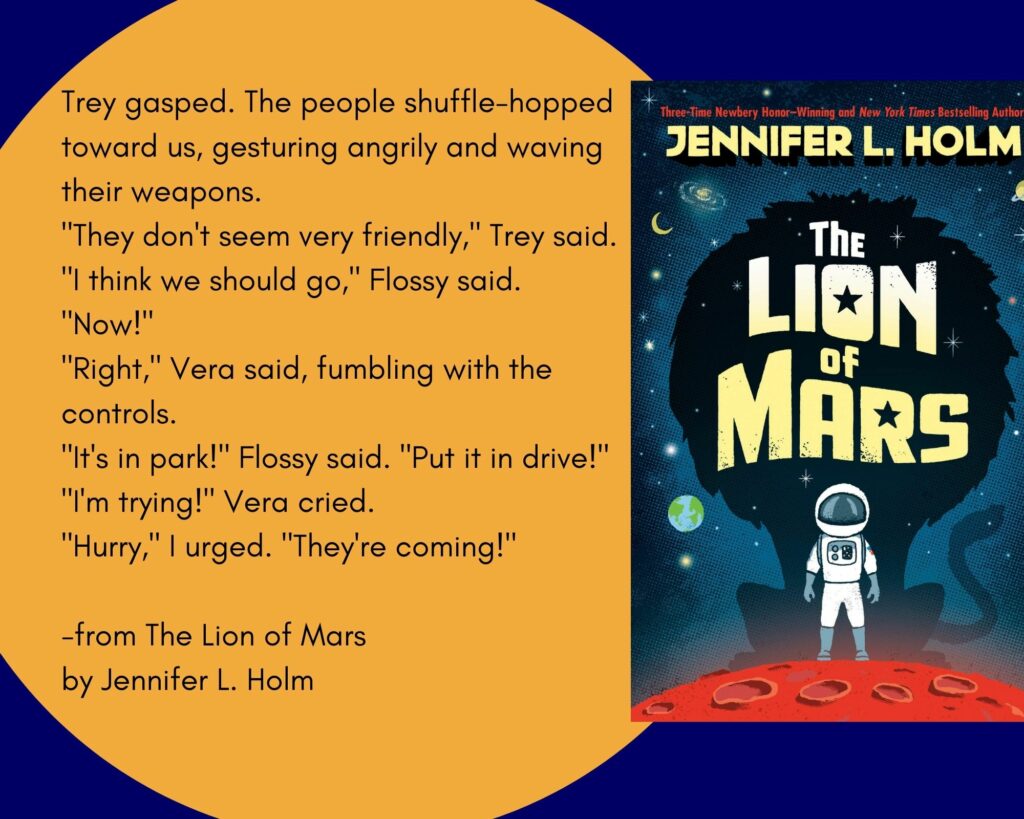
Cindy’s Pick
I am listening to the eAudiobook version of The Lion of Mars by Jennifer L. Holm on cloudLibrary. Maxwell Glick’s narration is fantastic and makes a compelling middle grade novel even more so.
Bell has spent his entire short life living on Mars. He doesn’t understand why the U.S. Colony won’t have any contact with the other Mars settlements run by other countries. But when a weird virus breaks out and all the grownups get sick, Bell and his friends will need to find the courage to uncover the truth and try to save his family.
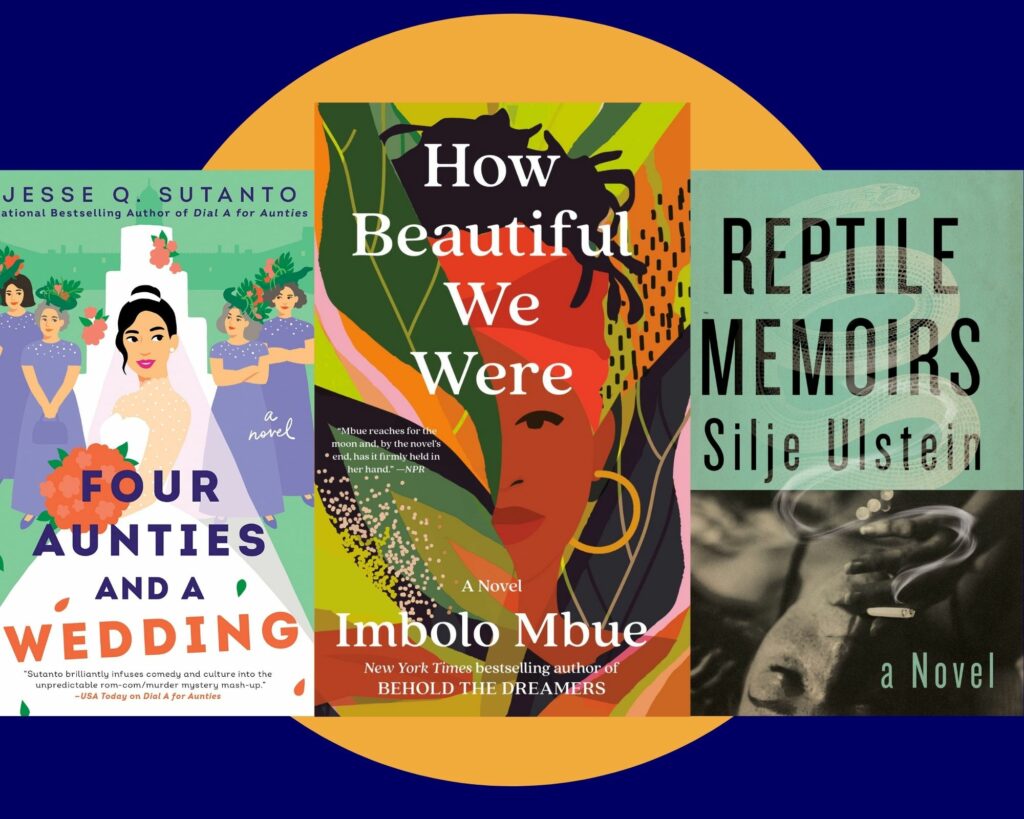
Becca’s Picks
How Beautiful We Were, by Imbolo Mbue: You should not sleep on this release from PEN/Faulkner Award Winner Imbolo Mbue. In this novel, a community in the fictional village of Kosawa fight against an American oil company, which has moved in and wreaked havoc on their land. Many of us need a story right now where a community fights against a power that seems too big to behold, and this book hits in that special way.
Reptile Memoirs, by Silje Ulstein: Looking for some new Nordic noir? This story has all the noir goodies: a missing girl, a jaded detective, and…a twist that maybe involves a giant python? I love this genre because it will often leave you saying, “I can’t believe they just did/said that!” This book is no different. (You may want to know that it contains references to sexual assault.)
The World Cannot Give, by Tara Isabella Burton: If you’re looking for some dark academia for the 2022 Reading Challenge, you may want to add this to your list. I don’t think I can describe it better than the blurb can: “The Girls meets Fight Club in this coming-of-age novel about queer desire, religious zealotry, and the hunger for transcendence among the devoted members of a cultic chapel choir in a prestigious Maine boarding school.” Hits all those great plot points, doesn’t it?
Four Aunties and a Wedding, by Jesse Q. Sutano: The follow-up to Dial A for Aunties has a new main character…and a whole new group of kick-butt aunties. Meddy is getting married, and she soon learns she’s hired a wedding planning business owned by the mafia. After discovering a plot for murder involving the wedding, Meddy’s aunties spring into action in ways that only devoted aunties can.
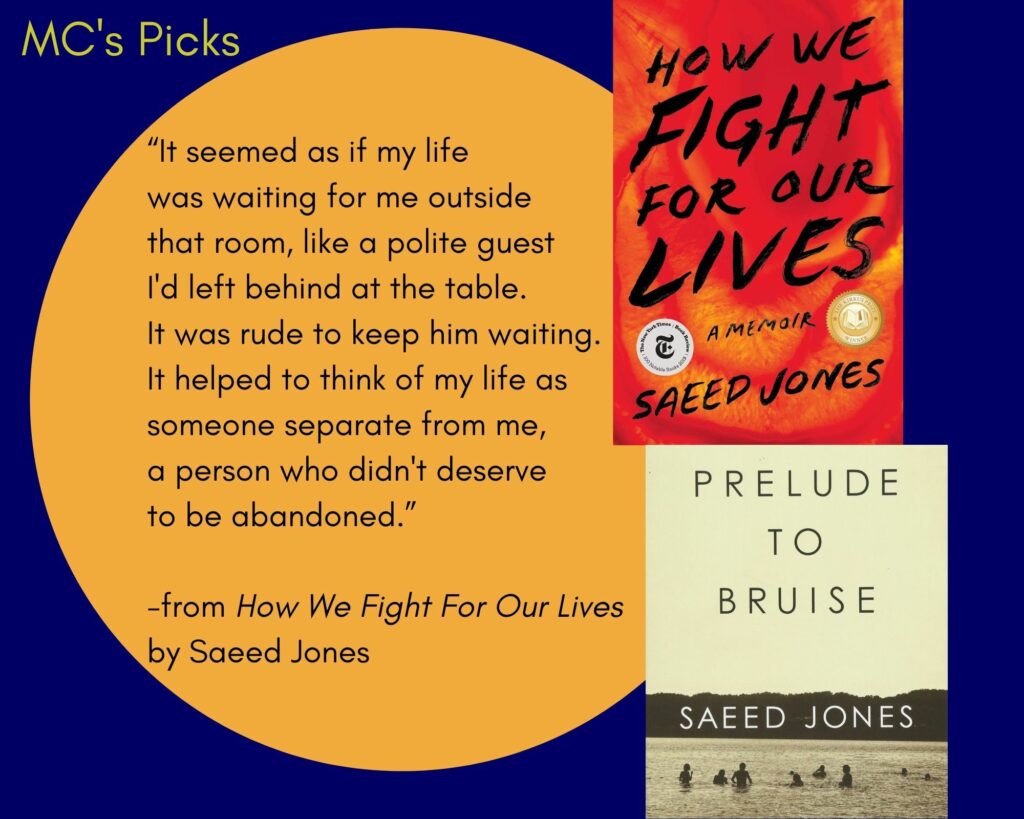
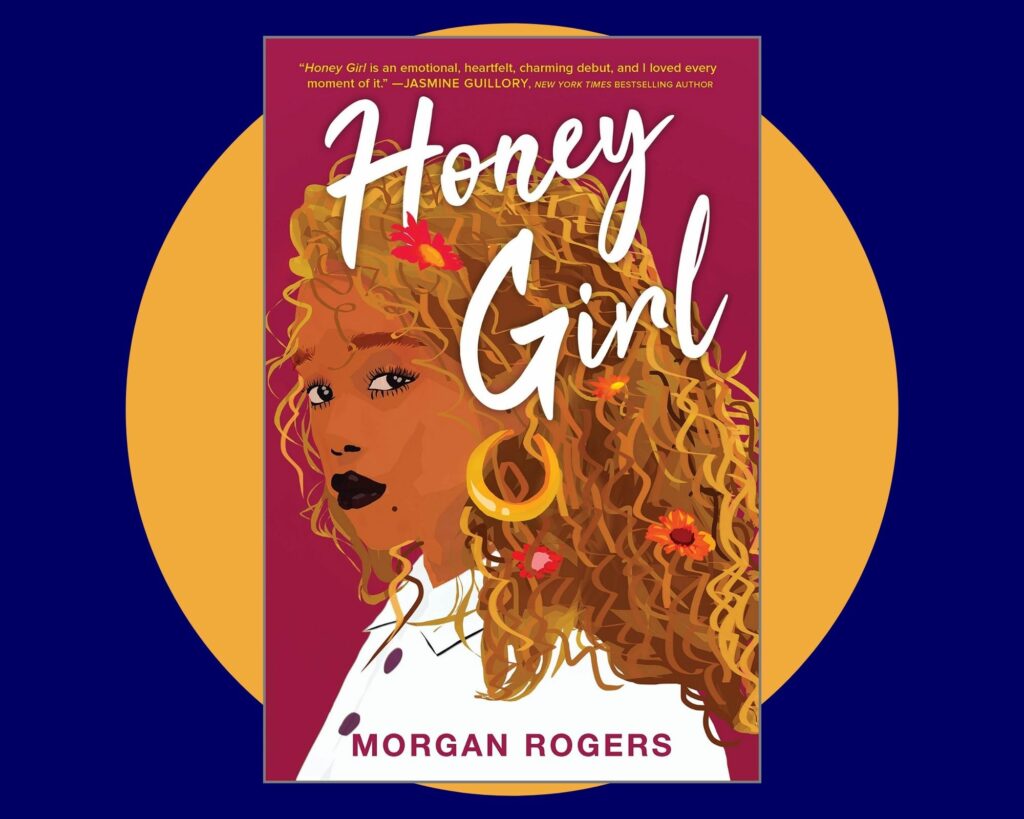
Raminta’s Pick
Honey Girl by Morgan Rogers read by York Whitaker (available on audiobook or eAudiobook through CloudLibrary): During Covid I have been reading a LOT of lesfic especially romance. As a queer woman, I really hadn’t read anything in the romance area of fiction. I made a lot of assumptions about the genre, and I am so happy to be proven wrong. We ALL need happy endings in our lives. As I’ve gone on the romance novel journey, I’ve found that as with other genres there are various tropes that will pop up in plots. One of those tropes is the “accidentally married in Vegas” plot. I’m not sure how often this happens in real life, but in romances, it seems like it’s a surefire way to find a soulmate. Honey Girl starts out as one such trope and then veers off into its own hilarious journey. York Whitaker does a great job with the narration. If you are looking for a fun lesbian romance, this is your next read.
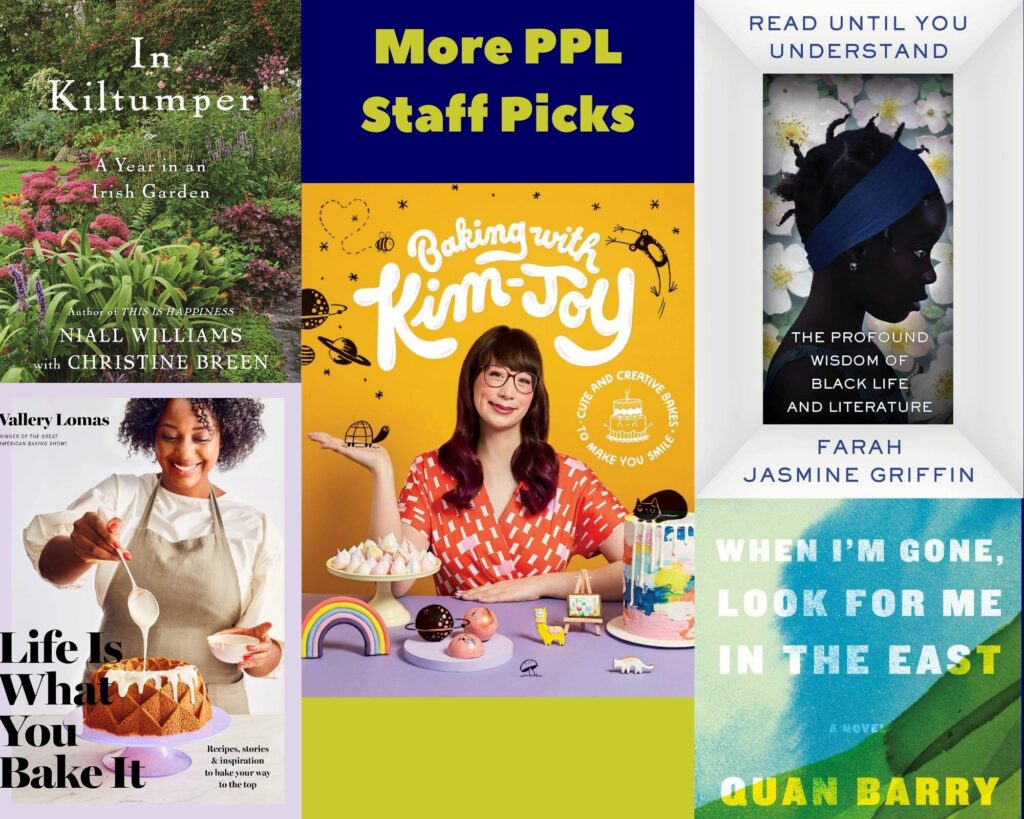
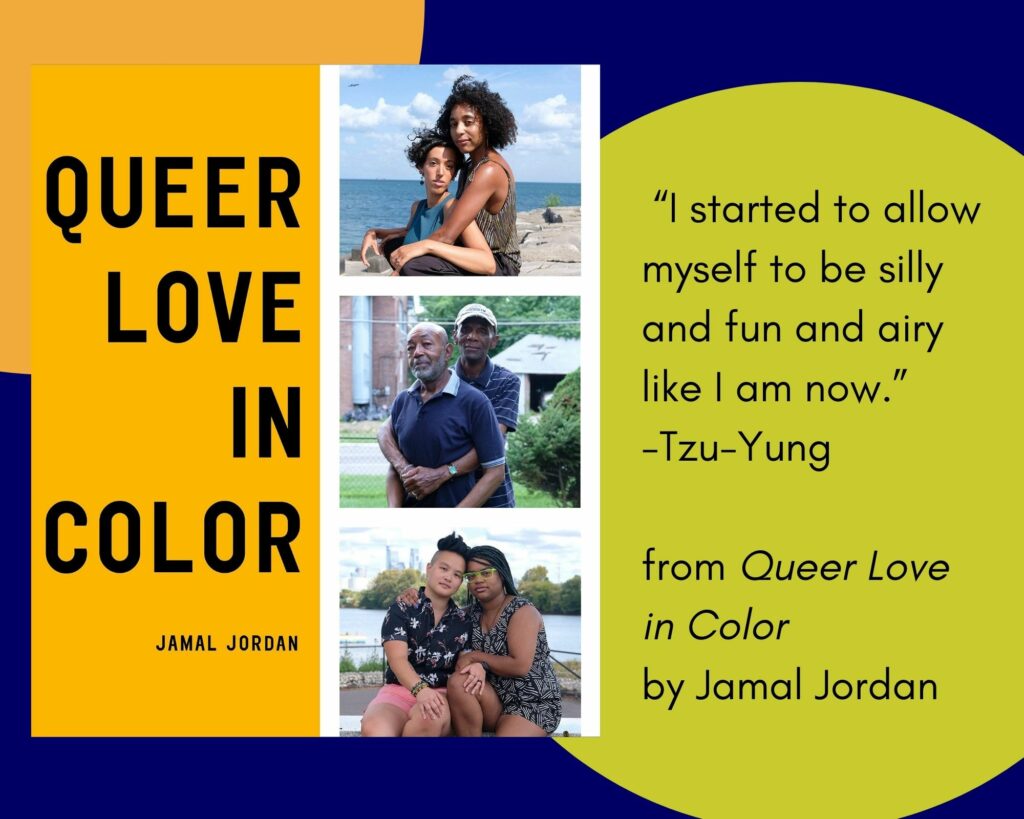
Elizabeth’s Picks
Documentarian Jamal Jordan’s beautiful book of portraits, Queer Love in Color, is a favorite recent read about love. Dozens of stories of joy, support, and togetherness fill the book, along with about 100 portraits. When Jordan asks one couple, Mike and Phil, what detail he should be sure to share about them, Phil says, “Remember to mention that we’ve spent every night together for over forty years.” When Tzu-Yung talks about falling for Briyana, they say, “I started to allow myself to be silly and fun and airy like I am now.” Lady Phyll writes, “In each other’s arms we create a world of possibilities, tenderness, and empowerment.” Queer Love in Color shines.
Love for family in all its complexity is at the heart of Pik-Shuen Fung’s Ghost Forest, a luminous new novel written in short chapters: “My Beautiful Nose,” “My Mom Calls From Canada While I’m In Hong Kong,” “Lunar New Year,” “Starry Night,” “Things My Dad Liked.” The protagonist is an artist writing about her sister, mom, dad, and grandma. Tender, funny, lively, and wise, this book is a true gem.
I’m very, very late to love for Murderbot, but Murderbot got me through January and I love Murderbot. If you love sci-fi with lovable characters, Martha Well’s series (starting with All Systems Red) is a real comfort read, book after book. I actually hugged the second book while I was reading because Murderbot and ART’s relationship made me so happy.
More to love: Ocean Vuong’s new poetry, the YA graphic novel Squire by Sara Alfageeh and Nadia Shammas, Vagabonds! by Eloghosa Osunde, Annie Hartnett’s Unlikely Animals, and the debut novel When We Were Birds by Ayanna Lloyd Banwo—described by Marlon James as a story where “love comes shiny, sparkling and alive. This book might just heal you.”
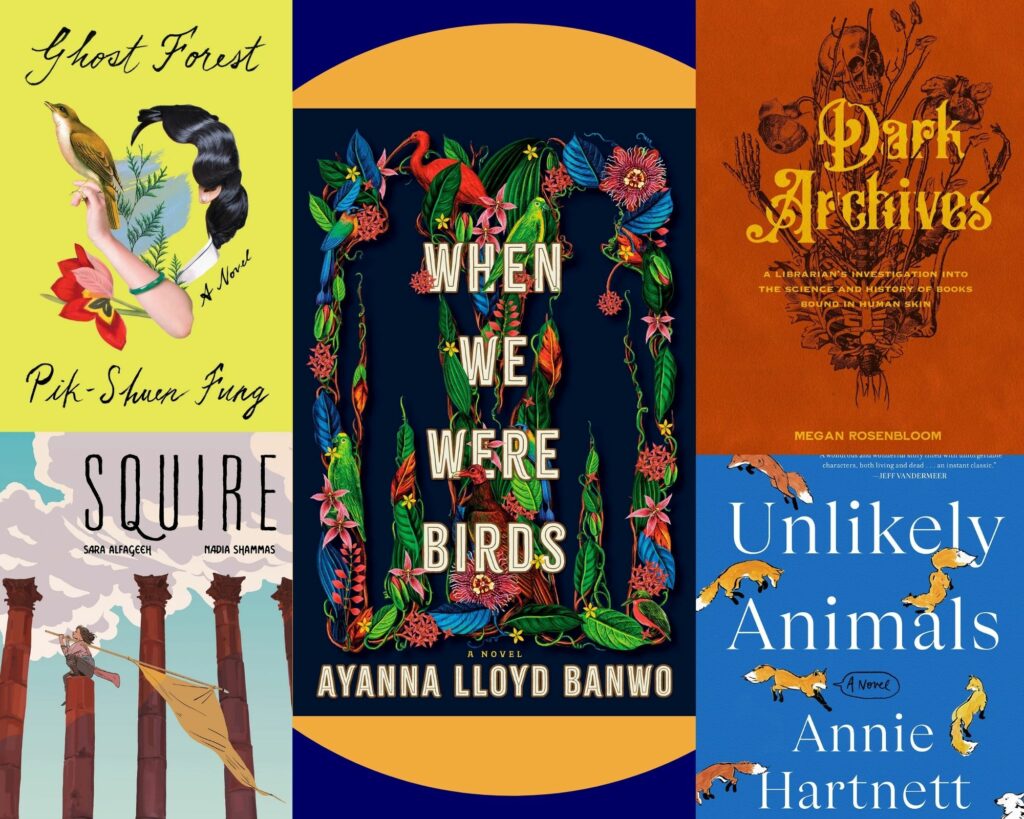
Una’s Pick
Rare books and the dark side of medical history meet in Dark Archives by Megan Rosenbloom. Rosenbloom, a former medical librarian, explores the stories behind anthropodermic bibliopegy (books bound in human skin) and attempts to pick out truth from myth. She approaches her research from a humanistic perspective, highlighting the lives of the people involved with the book’s lineage, with a particular focus—where possible—on the person behind the binding. She also dives into the law and ethics surrounding such books and modern-day methods of skin preservation. It’s a fascinating read.
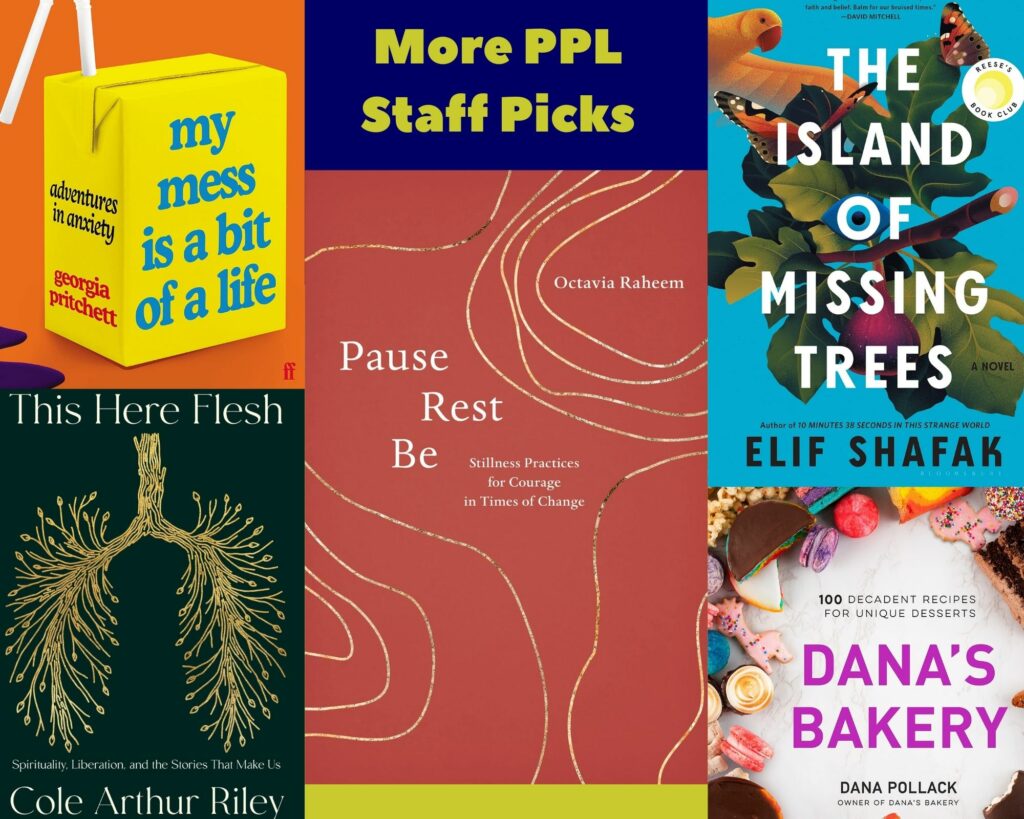
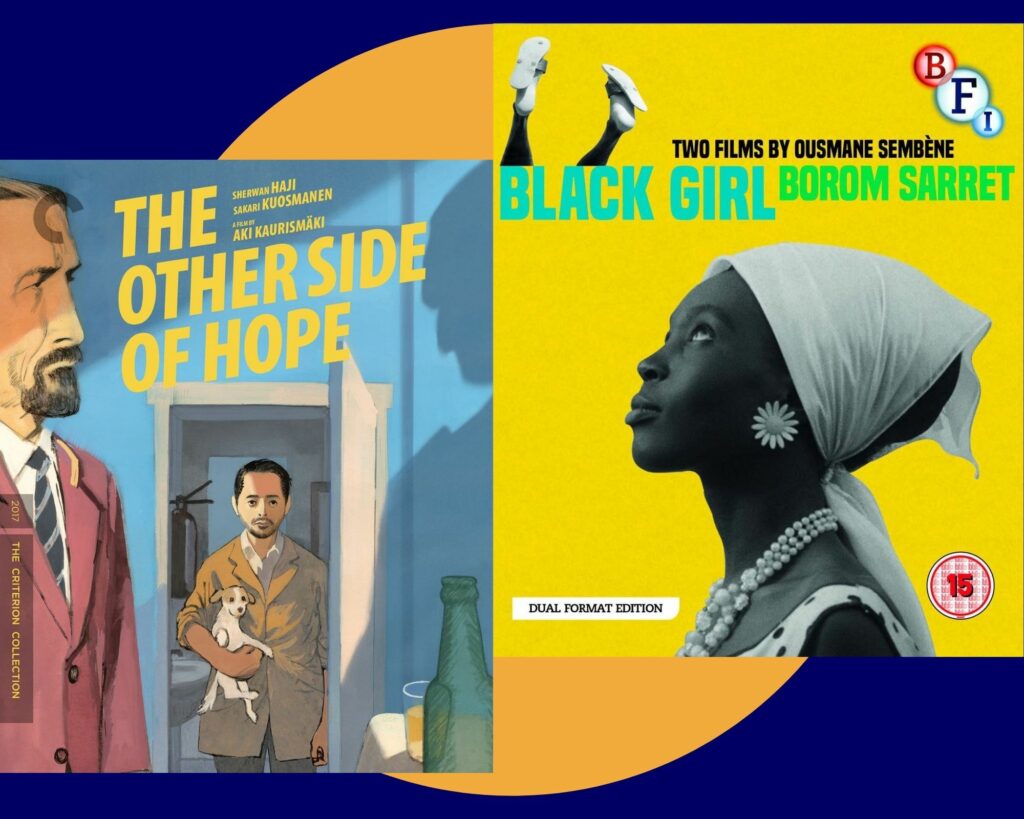
Aaron’s Picks
Being Finland’s best-known film director (according to The Economist) doesn’t necessarily translate into being a household name in America, even among cinephiles. But over 18 feature films over the last 40 years, Aki Kaurismäki has earned that distinction through his spare visual language, ensemble of talented regulars, and dedication to personal stories that defy their apparent simplicity. For his commitment to a drowsy pace and deadpan acting, he could be called the Jim Jarmusch of Finland (the Helsinki segment of Jarmusch’s Night on Earth stars Kaurismäki regular Matti Pellonpää), though some of his painstakingly beautiful, static shots could be out of a slightly less symmetrical and infinitely less fanciful Wes Anderson film.
Kaurismäki’s filmmaking reflects the starkness of flat, snowy Finland–light contrasting with dark, wide expanses of featureless landscape mixed with interiors that seem nearly as empty–and make a perfect accompaniment to our own long winter nights. Very little happens in many of his films. Someone leaves a job, a couple seemingly arbitrarily take up together or just as arbitrarily split apart, someone commits a petty crime, maybe the person returns to their job. Or something of huge significance happens – a relative dies, someone commits a major crime – but everyone continues to act like very little has happened. The latter scenario seems to suit viewing in our present moment, the odd combination of turmoil and boredom so many have endured during the pandemic. Either way, the pathos enacted through the relatively uneventful plots of films like Ariel, Shadows in Paradise, Lights in the Dusk, and The Man Without a Past speaks to the complexities of even the simplest lives lived in a country known in America more for its stout social safety net than for its domestic dramas and criminal underbelly.
The humor, of which there is plenty, is so dry it nearly crumbles, making even taciturn New England humor look like slapstick in comparison. There’s also almost always a musical interlude. Kaurismäki is rock-and-roll obsessed, and features Finnish rockabilly bands, or in one memorable instance former Clash front man Joe Strummer (I Hired a Contract Killer), inserted clunkily into the plot to play a full song in a bar or a club or a café (to say nothing at all of his Leningrad Cowboys films, stylistic outliers compared to the films discussed here and deserving of a very different write-up).
His two most recent films, Le Havre and The Other Side of Hope, turn his signature visual language towards current events, specifically to immigration from North Africa and the Middle East to western and northern Europe. Though there isn’t much to explicitly predict it in the stereotypically northern settings and casts of his earlier works, Kaurismäki has been vocally critical of Finland’s and Europe’s restrictive immigration policies and displays a deep empathy with the immigrant and refugee characters at the center of each film. As in life, the Europeans onscreen vary in their responses to the newcomers, from sympathy to allyship to institutional indifference to unwarranted hatred.
If you are interested in this topic, you might wish to first watch films like Ousmane Sembène’s Black Girl, Fatih Akin’s Head-On, and others—films written and directed by filmmakers who are themselves from immigrant or underrepresented communities. Since we have all of the above in our collections (and are happy to request films we don’t have through interlibrary loan), you can also view them all and draw your own conclusions.
Despite the bleak settings, deadpan performances, and recent turn to heavier themes, Kaurismäki’s films are not without hope and light. There’s a positivity and humanity to them that can be—don’t tell the unsmiling characters in the films!—uplifting, a perfect reminder of warmth during a long, cold winter.
Looking for more ideas? You can hear Ashley Bryan’s wonderful reading of Beautiful Blackbird for the Indigo Arts Alliance’s Beautiful Blackbird Children’s Book Festival, created to celebrate his legacy and Black illustrators and children’s book authors. Explore our booklists for kids, teens, and adults or our Book of the Week. Or fill our Your Next (Great!) Read form to get a personal list of reading suggestions from our library staff. You can find a list of all of our February Staff Picks here.
As always, thank you for reading.
posted: , by Elizabeth
tags: Library Collections | Recommended Reads | Adults | Seniors | Art & Culture | Readers Writers
